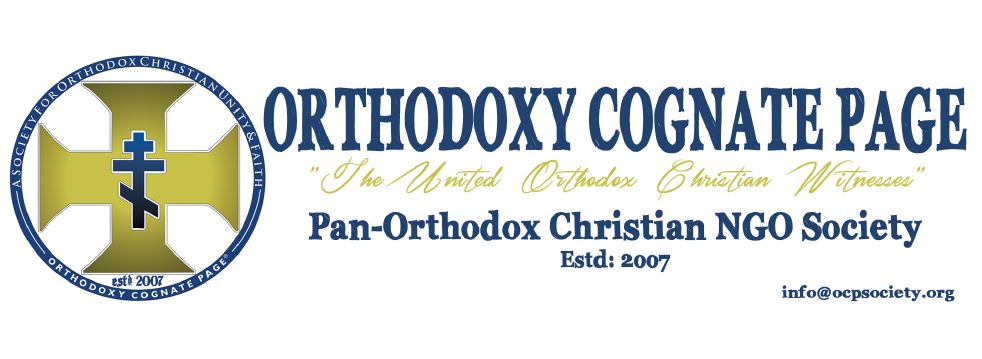Elections for the Eparchial Assemblies in the Romanian Patriarchate
17-04-2010
According to the decision of the Holy Synod no. 6282/29 October 2009, on 15 or 22 April 2010, elections for the Eparchial Assemblies of the Romanian Patriarchate are organised, because the terms of the present members, both clergy and lay elected on 4 May 2006, expire.
In the Romanian Patriarchate, at the level of every eparchy (diocese or archdiocese) there is an Eparchial Assembly, that the Statutes for the organisation and functioning of the Romanian Orthodox Church defines as “deliberative body for all the administrative, cultural, social-charitable, economical and patrimonial issues of the eparchy” (article 90). The President of the Eparchial Assembly, as, in fact, of all the other bodies at eparchial level, is always the local hierarch (Bishop or Archbishop). Besides the local hierarchs, the assistant hierarchs and assistant bishops are also members of the Assembly. Besides them, every Eparchial Assembly is also made up of 30 representatives elected from among the clergy and faithful, one-third clergy and two-thirds lay people. The 30 representatives are elected for 4 years time, and not for more than two terms.
In order to forward a candidature, the blessing of the local hierarch is needed (article 91, paragraph 1 of the Statutes). The candidatures must be sent to the eparchial electoral office at least 30 days before the date established for elections (article 75 ROD – (in Romanian: Regulament Organisme Deliberative – Deliberative Body Regulations). Every eparchy, with an eparchial electoral office at its level, is divided into ten constituencies; one clergy and two lay persons are elected for every constituency (article 65 ROD). At the level of every constituency, the proceedings are held in one of the parish churches under the chairmanship of an eparchial delegate, appointed by the local hierarch (article 66 ROD).
In fact the election is done in two meetings, one after another: the former for electing the clergy representative, and the latter for electing the two lay representatives (article 90 ROD). The clergy members of the Eparchial Assembly are elected by all the priests and deacons employed, constituted in clerical electoral colleges, on constituencies (article 91, paragraph 3 Statutes). On the day established, at 10.00 o’clock a.m., all the priests and deacons employed in one of the parish churches within the eparchy gather in one of the ten churches chosen by the circular letter of the Eparchial Centre, every one of them in the constituency he belongs to. So, the ten clerical electoral colleges are set up (article 76 ROD).
The voting is done by secret vote. So, one of the secretaries of the assembly reads the clergy list, while the other secretary hands to every one of the electing clergy (when called) one ballot paper printed with the official seal on it. The ballot papers are introduced in the ballot box in the presence of the president and of the two priests, reliable persons, members of the electoral office; the secretary cheques every elector in the list, after he has introduced the ballot paper in the ballot box. After all those present have voted, the president gives one more half an hour, when the possible late electors can still vote; then the voting is declared closed (article 82 paragraph 2-5 ROD).
The president and the two secretaries count the votes, taking the ballot papers out of the ballot box one by one and putting them into another empty ballot box. After making sure that the number of the ballot papers corresponds to the number of the voters, the president takes the votes out of the ballot box, in sight of everybody, and reads loudly the name written on each vote, while the secretaries note down the votes granted to every candidate. In case the president sees the electors present are, from the very beginning, in favour of only one candidate, then this one is declared elected by acclamation; yet, if there are votes against, the voters must vote (article 81 ROD).
The lay members of the Eparchial Assembly are elected by the delegates of the Parochial Counsellors, constituted in lay electoral colleges, on constituencies (article 91 paragraph 2 Statute). The same day, after ending the proceedings of the clerical electoral College, under the chairmanship of the same delegate of the local hierarch, the lay electoral College meets, which will proceed, in the same way (article 89 ROD), to the election of two lay representatives for each of the ten electoral constituencies of the eparchy – (article 86 ROD), informs ‘Ziarul Lumina’.
We learn more details on the tasks of the members of the Eparchial Assemblies from Rev. Augustin Rusu who said: “The election as members of the Eparchial Assemblies is a call to a missionary work, not a right or privilege. The call of new members into the Eparchial Assemblies is designed to ensure the good development of the church life and activity, as well as the increase of the missionary work of all the members of the Church. It is for the first time that the elections for the Eparchial Assemblies of the Romanian Orthodox Church are organised on the basis of a new Statutes for the organisation and functioning of the Romanian Orthodox Church which stipulates that the clergy and lay members can be elected for two terms only” – informs TRINITAS Television Station.
These forums represent the deliberative bodies for all the administrative, cultural, social-charitable, economical and patrimonial issues of the Eparchies.


807912 264782We dont trust this wonderful submit. Nevertheless, I saw it gazed for Digg along with Ive determined you can be appropriate so i ended up being imagining within the completely wrong way. Persist with writing top quality stuff along these lines. 25445